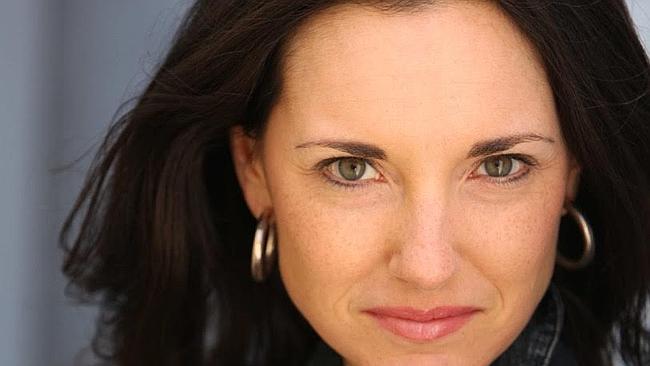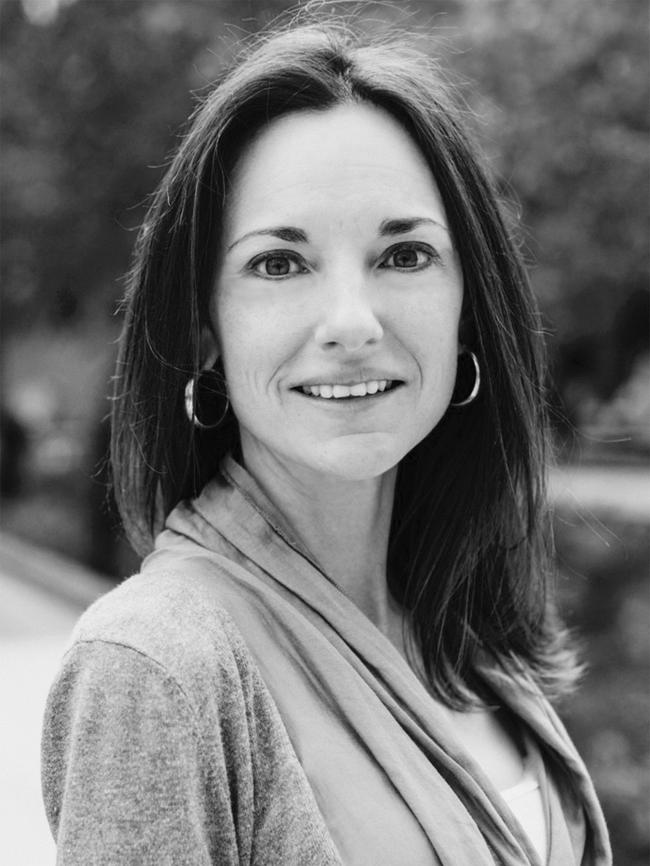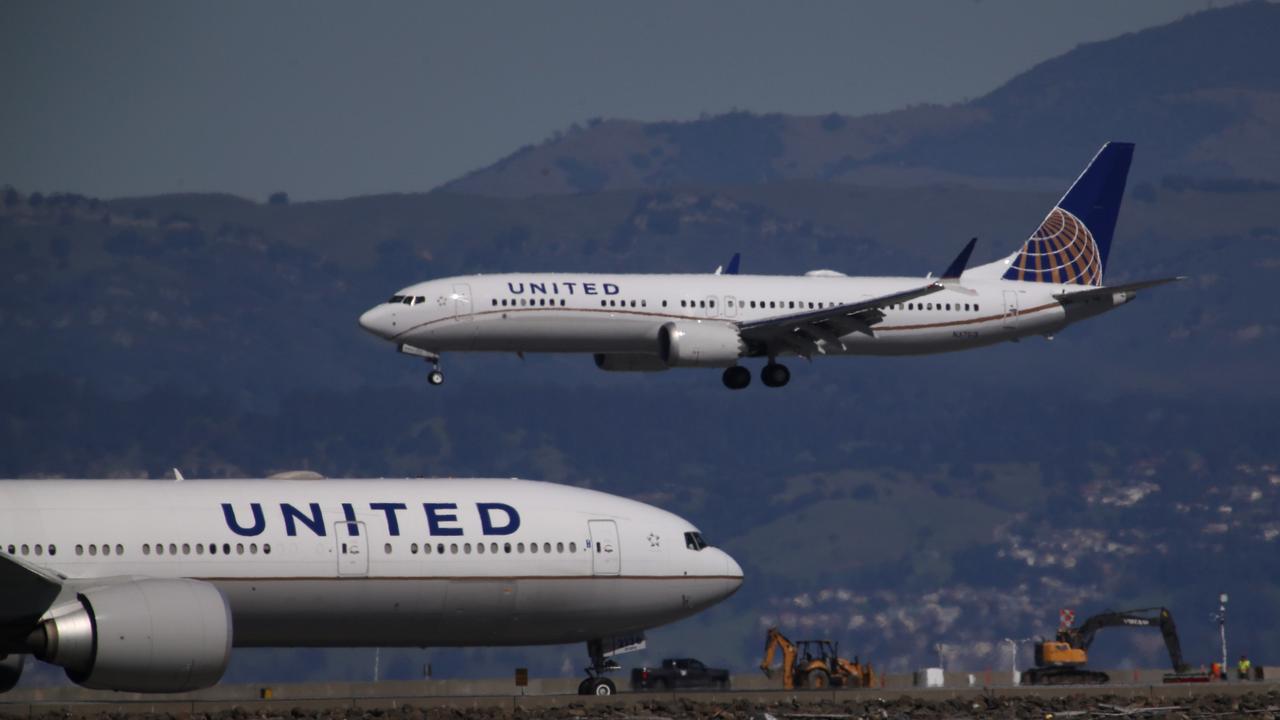Ex-Oculus expert Shauna Heller: VR can change world
Virtual reality will transform the aerospace, design, communications and education industries, says a leading developer.

If anyone can articulate how virtual reality will transform the world, it should be Shauna Heller. When she was developer relations specialist at Oculus VR, the firm developing the Oculus Rift VR headset, it was her job to know.
Ms Heller, founder of Clay Park VR, which offers VR strategies and advisory services to corporations, brands, institutions and developers, is in Australia to talk about that vision at tomorrow’s convergence conference in Sydney, where virtual reality and augmented reality will come under the microscope.
Yesterday, she spoke fondly of Palmer Luckey, the inventor of the Oculus Rift headset, and of her decision to leave the company whose focus has shifted primarily to gaming VR applications. Her role was the development of non-gaming and non-entertainment VR applications, her passion.
She said work on VR had begun decades ago. “There had been a great deal of virtual reality development beginning in the early 1950s,” she told The Australian. “It had a lot of start and stops because of limitations of technology and graphics.
“But when Palmer came along he was able to pair technologies to make something new. I feel that Palmer Luckey is a visionary of the next generation of immersive interaction.”
However, in October last year after 18 months at the company she left as the gaming and entertainment emphasis intensified. There was “a lack of pathway and leadership” in areas she specialised in.
“The work I had been doing was focused on engagement with virtual reality developers who fell outside that focus,” she said.
“But I have great respect for everyone at Oculus and I have a great respect for their focus because it will be the gaming market that drives it.”
Related stories:
Virtual reality adds new dimensions to real estate
HoloLens opens up a world of possibilities

She said at Oculus VR she identified architecture, the aerospace industry, design, communications and especially education as key areas where virtual reality would make its mark. And it already has.
“In architecture, they’re using virtual reality to review the 3D models of buildings and structures,” she said. “That’s incredibly useful for validating the design concept that has been created.
“In the aerospace industry, they’re using virtual reality to immerse pilots in a virtual training simulation,” she said, adding that VR could more accurately recreate a flight experience than a traditional flight simulator.
“In any of these disciplines you can also recreate more accurately the audio experience with 3D spatial audio. Audio has been programmed to deliver the frequencies to you specifically where you are looking.
“Many of the Fortune 200 companies I work with are looking at it from an enterprise perspective, not simply as a marketing tool but at how they can incorporate virtual reality into their process, operations, consumer engagement and internal communications.
“(And) sometimes those corporations are looking for pathways to use it for advertising and marketing.”
She said she would also engage with the augmented reality community while in Australia.
But are we putting too much faith in VR? Will the new kid on the block deliver amazing experiences or is it overblown hype? She said her instincts were that it was real.
“I am a very simple woman from the midwest of the United States. I grew up outside Chicago with a traditional midwestern household that was not focused on technology. So I come at this from very much an every person’s perspective,” she said.
“But when I put on a virtual reality headset for the first time, I was compelled to help establish this as a meaningful medium.”
She said exposure to VR had to happen “person by person”.
“I started putting family member by family member, friend by friend in a virtual reality headset and they understood it, one person at a time,” she said.
“We’re just at the beginning of this. We have millions and millions of people to put in a headset and to expose them to the power and potential of this technology.”
Related stories:
Virtual reality adds new dimensions to real estate
HoloLens opens up a world of possibilities


